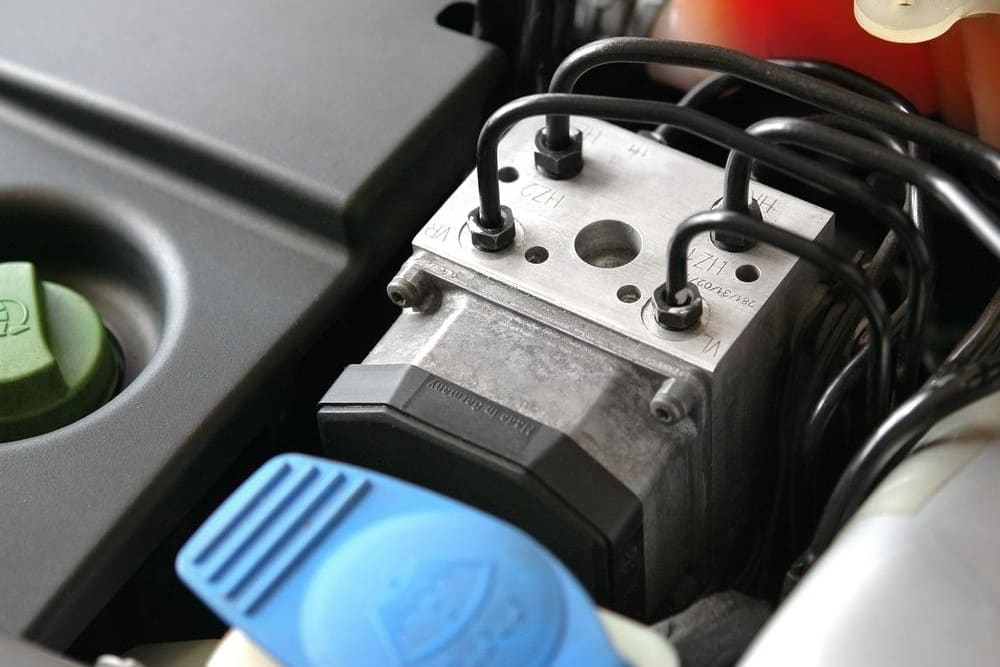

All vehicles today have ABS control modules that are integrated with the computer system. In the early 90s, the ABS systems were just becoming more sophisticated and aiding in how the vehicle stops.
ABS, also known as Anti Lock Brake System, is an automobile safety system that allows the tires on a motor vehicle to maintain contact with the road surface at all times according to operator inputs while braking, preventing the wheels from locking up and avoiding an uncontrolled skid.
Today ABS is not just to keep the wheels from locking up but it aids in traction control as well. The operator has the feature to turn on and off traction control. When the traction control function is operational, as the vehicle's wheels tend to spin faster than the other on a straight surface, meaning not during a turn, then the anti lock brake system will apply braking force to the wheel that is not in full contact with the flat surface.
Anti-lock brake systems can be very tricky when replacing a control module, since it is the brain for the system.
Most ABS systems today have hydraulic circuits running to all wheels on every actuator. Older ABS systems only had circuits running to only two wheels on every actuator. By having all of the circuits running to all of the wheels makes the system more effective and if an actuator was to fail during an ABS event, then all of the wheels will still have full braking force.
When removing an anti-lock brake system controller, there are many brake hydraulic lines connecting to it; Usually there are between eleven to fifteen lines connected to the ABS controller. There must be a drip pan under the ABS brake controller to prevent any brake fluid from coming in contact with any painted surface.
- Note: When dot 3, dot 4, or dot 5 brake fluid comes in contact with paint, the brake fluid will chemically destroy the paint all the way to the applied surface (like a fender).
As the lines are removed, be sure not to bend or twist any of the lines, for this will cause a nightmare to change out any broken lines. Some of the brake lines are short and only go to a leveling valve or a combination valve, however, some lines travel the full length of the vehicle.
Before removing the cannon plug on the ABS controller, be sure to disconnect the battery for any discharge of electrical contact. This will prevent any shortages between the ABS controller and the vehicle's computer.
When installing a new ABS controller, the cannon plug should be the first item to connect. Then install all of the brake lines making sure that all of them are threaded incorrectly and not cross threaded.
- Warning: If any brake lines are cross threaded, the ABS module will display a code for loss of pressure and brake fluid will leak out at a great force into the engine compartment and may not apply any pressure to the brake system.
As all of the brake lines are installed, a bleeding process needs to be followed. It is very important to follow the ABS controller bleeding process and proper sequence to ensure that there is no air in any brake line. This can be very tricky and will cause irritation to the mind.
- Note: If there is no way to knowing the bleeding sequence, the rule of thumb is to start bleeding the brakes from the farthest connection point all the way up to the closest connection point to the master cylinder, then bleed the master cylinder last.
If you need to replace your ABS control module, book one of our automotive specialists at YourMechanic and we'd be happy to help.



